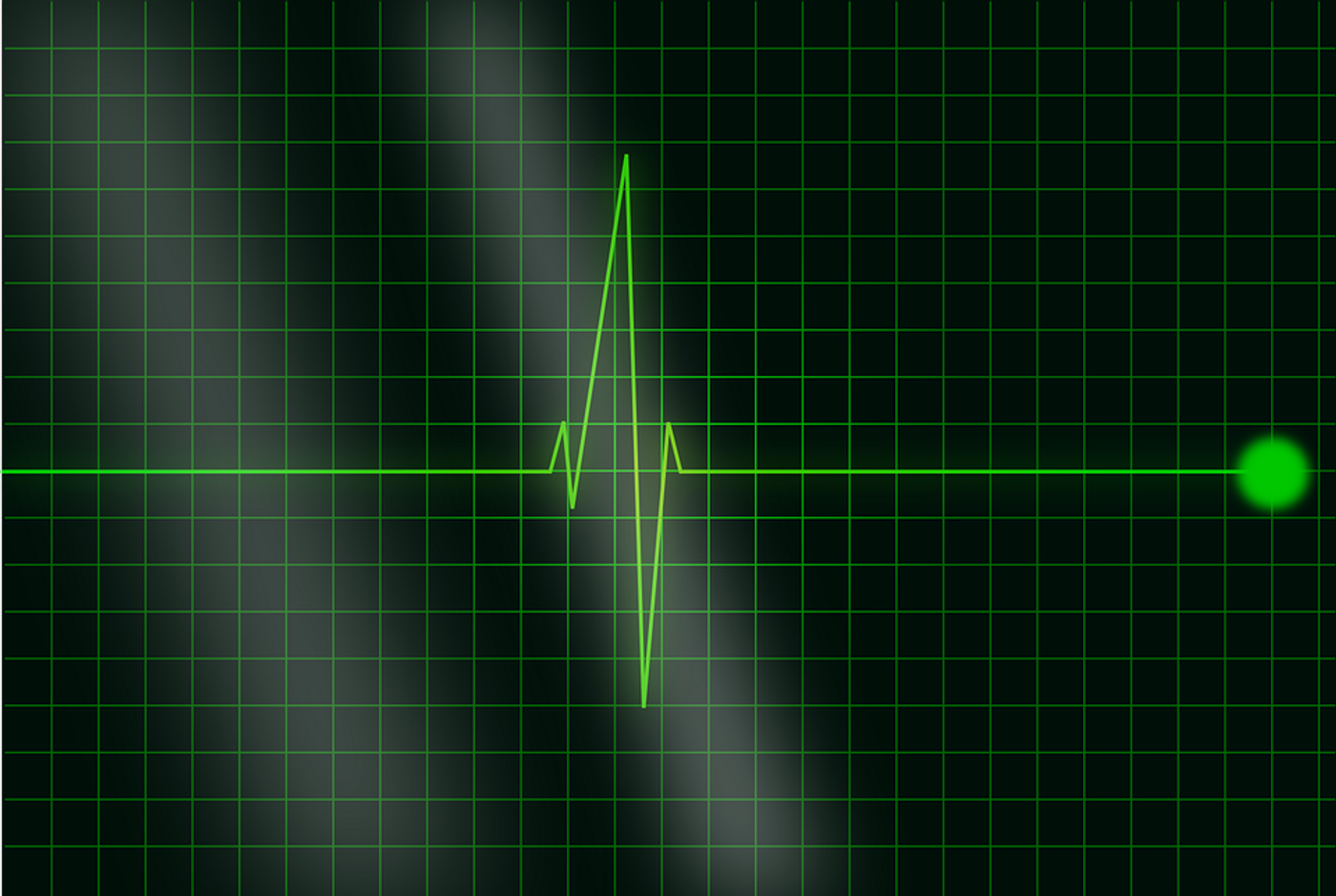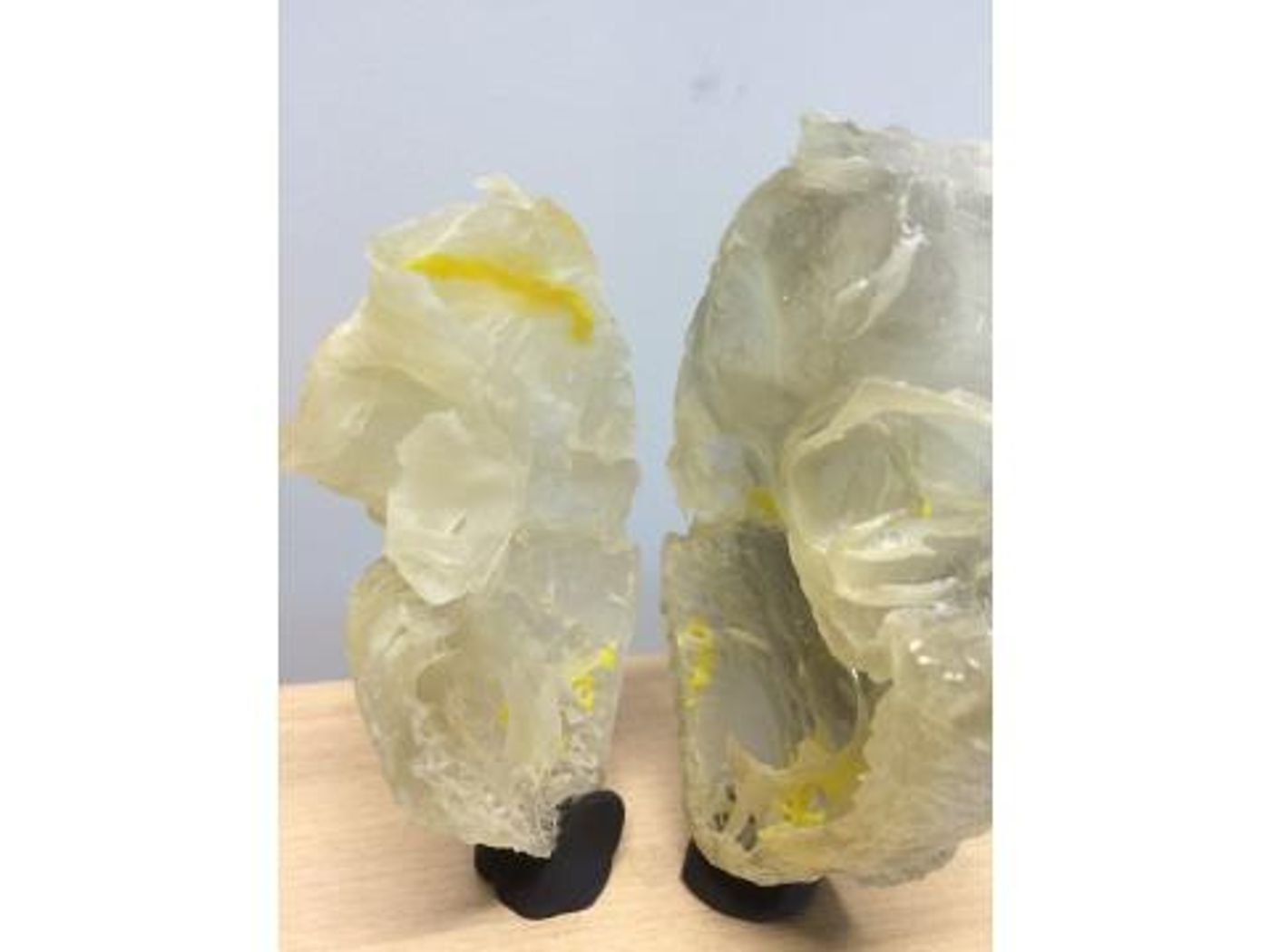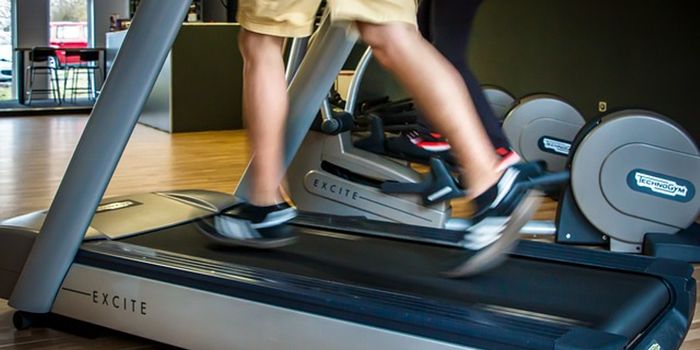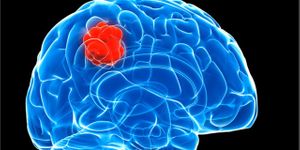Watching the Human Heart Beat in 3D
New 3D models of the heart are designed to help surgeons navigate the delicate tissue in the heart while performing repair surgeries. A collaboration between Liverpool John Moores University (LJMU), The University of Manchester, Aarhus University and Newcastle University, the present study opens a whole new avenue for surgeons performing high-stakes procedures.
The 3D data is primarily for the illustration of the “cardiac conduction system,” the structural framework in the heart that coordinates electrical activity for the contraction of the heart muscle. If one piece of the puzzle is missing, the whole system is thrown off. For surgeons operating on the heart, it is imperative for the life of the patient on the table that they don’t disrupt the system.
Researchers from the study say that the new data describe the cardiac conduction system in “unprecedented detail,” even better than the best computer models, allowing surgeons to use the perfect tool for avoiding dangerous mistakes.
This is a 3-D print in plastic showing the same heart. You can handle the print and point out the cardiac conduction system. The heart is printed in three pieces (two shown here) so you can open it and see the interior surface. Credit: University of Manchester
The 3D data is also improving the way surgeons understand atrial fibrillation - an irregular heartbeat that inhibits proper blood flow - by helping them understand in close detail how the heart is supposed to function. This way, they can better understand what to fix when the heart isn’t pumping like it should.
"The 3D data makes it much easier to understand the complex relationships between the cardiac conduction system and the rest of the heart,” explained Jonathan Jarvis from the LJMU School of Sport and Exercise Sciences. “We also use the data to make 3D printed models that are really useful in our discussions with heart doctors, other researchers and patients with heart problems.”
In the future, the study researchers have big plans for developing models of what can go wrong in the cardiac conduction system, essentially gathering a library of data describing all of the different ways the human heart can be affected by age and disease. Co-author Dr. Halina Dobrzynski says that this study is “just the beginning.”
The present study was published in the journal Scientific Reports.
Sources: American Heart Association, University of Manchester










